Home>Articles>How To Cut Electrical Wire Without Wire Cutters
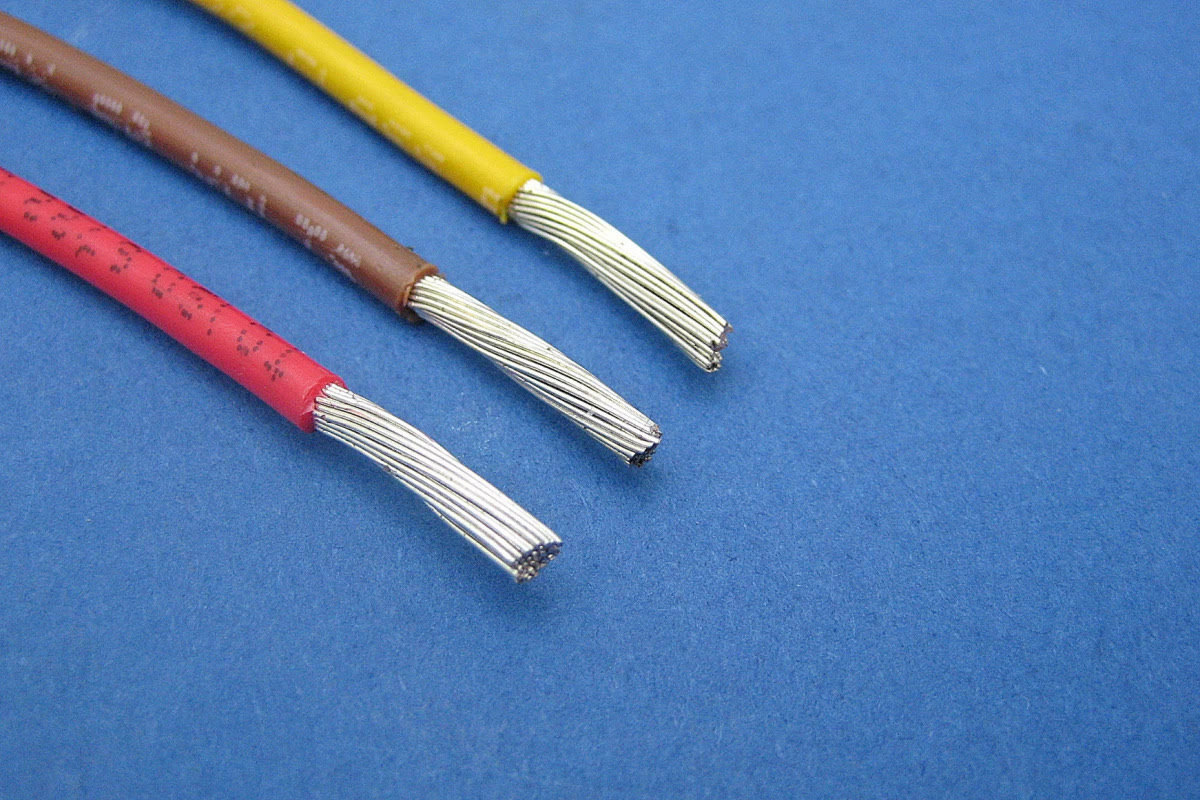

Articles
How To Cut Electrical Wire Without Wire Cutters
Modified: December 7, 2023
Learn how to cut electrical wire without wire cutters with these helpful articles. Find alternative methods and tools to get the job done efficiently.
(Many of the links in this article redirect to a specific reviewed product. Your purchase of these products through affiliate links helps to generate commission for Storables.com, at no extra cost. Learn more)
Introduction
When working with electrical wires, having a pair of wire cutters is essential for a clean and precise cut. However, there may be instances when you find yourself without wire cutters or unable to use them. In such situations, you may wonder if it’s possible to cut electrical wires without wire cutters.
The good news is that there are alternative methods you can use to safely cut electrical wires even without wire cutters. In this article, we will explore different techniques that can be employed to cut electrical wires using common tools found in most households.
Please note that while these methods can be effective, it is important to exercise caution and prioritize safety when working with electrical wires. Always ensure that the power is switched off and that you take necessary precautions to avoid any electrical accidents.
Now, let’s dive into the various methods you can use to cut electrical wires without wire cutters.
Key Takeaways:
- When wire cutters are unavailable, you can safely cut electrical wires using common household tools such as knives, scissors, pliers, utility knives, and wire strippers. Exercise caution, prioritize safety, and invest in wire cutters for long-term use.
- While makeshift tools can be effective in a pinch, wire cutters are specifically designed for cutting electrical wires, offering better precision and safety. Always prioritize safety, inspect wire ends for any frayed edges, and invest in quality wire cutters for frequent electrical work.
Read also: 10 Best Electrical Wire Cutter for 2024
Method 1: Using a Knife
If you find yourself without wire cutters, one of the simplest and most readily available tools you can use to cut electrical wires is a knife. Here’s how:
- Ensure that the power is turned off before attempting to cut the wire.
- Select a sharp knife with a sturdy blade. A utility knife or a small pocket knife can work well for this purpose.
- Hold the knife firmly by the handle and position it perpendicular to the wire you wish to cut.
- Apply steady pressure and slowly saw back and forth across the wire using the knife’s blade. The sharp edge of the knife will gradually sever the wire.
- Continue sawing until the wire is cut through completely.
It’s important to note that using a knife to cut electrical wires may not provide the cleanest cut compared to wire cutters. However, with care and precision, you can achieve a satisfactory result. Remember to exercise caution and avoid putting excessive pressure on the wire, as this can cause damage to both the wire and the knife.
After cutting the wire, ensure that the exposed ends are properly insulated to prevent any potential electrical hazards.
Using a knife to cut electrical wires without wire cutters is a temporary solution and should only be used if no other tools are available. It’s always a good idea to have a pair of wire cutters on hand for any future projects.
Method 2: Using Scissors
If you don’t have wire cutters but have a pair of sturdy scissors, you can use them to cut electrical wires. Follow these steps:
- Ensure that the power is turned off before attempting to cut the wire.
- Choose a pair of scissors with strong and sharp blades. Kitchen scissors or small craft scissors can work well.
- Gently grip the wire with one hand, holding it steady.
- With the other hand, position the blades of the scissors near the point where you want to cut the wire.
- Apply even pressure and close the scissors’ blades, gradually cutting through the wire.
- Continue to apply pressure while maintaining a steady grip on the wire until it is completely cut.
Similar to using a knife, using scissors may not produce the cleanest cut, but it can be effective in a pinch. Remember to take caution while working with scissors, as they have a larger cutting surface than wire cutters. Be mindful of maintaining a firm grip on the wire to prevent any slipping or accidents.
Once the wire is cut, make sure to protect the exposed ends with electrical tape or wire connectors to avoid any potential electrical hazards.
Using scissors as an alternative to wire cutters should be done with care and for temporary purposes. It’s recommended to invest in a pair of wire cutters for long-term use, as they offer more precision and safety when working with electrical wires.
Method 3: Using Pliers
If you don’t have wire cutters handy, another tool you can use to cut electrical wires is a pair of pliers. Pliers are multi-purpose hand tools that come in various sizes and types. Here’s how you can use them to cut wires:
- Ensure that the power is switched off before attempting to cut the wire.
- Select a pair of sturdy pliers with a cutting edge, such as diagonal cutting pliers or lineman’s pliers.
- Grip the wire firmly with the pliers, ensuring that the cutting edge is positioned at the desired cutting point.
- Apply steady pressure and squeeze the pliers’ handles together to cut through the wire.
- Continue applying pressure until the wire is completely severed.
Pliers with cutting edges offer better control and leverage compared to scissors or knives. This makes them a suitable alternative for cutting electrical wires when wire cutters are not available. However, it’s important to note that using pliers to cut wires may result in a less precise cut.
After cutting the wire, ensure that the exposed ends are properly insulated using electrical tape or connectors to prevent any potential electrical hazards.
While pliers can be effective for cutting wires, it’s recommended to use wire cutters whenever possible. Pliers are primarily designed for gripping and bending wires, and using them as a substitute for wire cutters should only be done in situations where wire cutters are unavailable.
You can use a sharp utility knife or a pair of scissors to carefully cut through electrical wire if you don’t have wire cutters. Be sure to use caution and cut slowly to avoid damaging the wire or injuring yourself.
Method 4: Using a Utility Knife
If you find yourself without wire cutters, another tool that can be utilized to cut electrical wires is a utility knife. This versatile tool is commonly found in toolboxes and can be successful in cutting wires if used correctly. Here’s how:
- Ensure that the power is turned off before attempting to cut the wire.
- Select a utility knife with a sharp and retractable blade. Make sure the blade is securely locked in place.
- Gently grip the wire, holding it steady with one hand.
- With the other hand, position the utility knife blade perpendicular to the wire at the desired cutting point.
- Apply smooth and even pressure to the knife, sawing back and forth across the wire until it is severed.
- Continue to saw through the wire with the utility knife until it is fully cut.
When using a utility knife, be cautious of the sharpness of the blade and ensure a firm grip on the wire to avoid any accidental slips. The utility knife may not provide the cleanest cut, so take care to check the wire ends for any frayed or jagged edges after cutting.
After cutting the wire, be sure to insulate the exposed ends properly with electrical tape or wire connectors to minimize any potential electrical hazards.
Using a utility knife as an alternative to wire cutters should be done with caution and only in situations where wire cutters are unavailable. It’s advisable to invest in a proper pair of wire cutters for safer and more precise wire cutting processes.
Read also: 11 Amazing Electrical Wire Cutters for 2024
Method 5: Using a Wire Stripper
While wire strippers are primarily designed for removing insulation from wires, they can also be used to cut electrical wires in a pinch. If you have a wire stripper that includes cutting edges, you can follow these steps to cut the wire:
- Ensure that the power is switched off before attempting to cut the wire.
- Select a wire stripper with cutting edges. Wire strippers often have a variety of cutting options for different wire sizes.
- Position the wire stripper around the wire at the desired cutting point, ensuring that the cutting edges are in contact with the wire.
- Squeeze the handles of the wire stripper firmly to apply pressure and cut through the wire.
- Continue squeezing the handles until the wire is completely severed.
Wire strippers with cutting capabilities provide a more precise and controlled cut compared to other makeshift tools. They are specifically designed for working with electrical wires and offer a safer and more efficient way to both cut and strip wires.
After cutting the wire, make sure to properly insulate the exposed ends to prevent any potential electrical hazards. Electrical tape or wire connectors can be used for insulation.
If you frequently work with electrical wires, investing in a quality pair of wire strippers is highly recommended. They offer a range of cutting and stripping capabilities, ensuring clean and accurate results for both tasks.
Using a wire stripper as an alternative to traditional wire cutters can be effective, but it’s important to remember that wire strippers are primarily used for stripping insulation. If wire cutting is a common requirement in your projects, it’s best to have a dedicated pair of wire cutters on hand.
Conclusion
While having a pair of wire cutters is ideal for precise and clean cuts when working with electrical wires, there are alternative methods that can be used when wire cutters are unavailable. By following the techniques outlined in this article, you can safely cut electrical wires using common household tools.
Using a knife, scissors, pliers, utility knife, or a wire stripper can be effective in a pinch, but it’s important to exercise caution and prioritize safety. Always ensure that the power is switched off before attempting to cut any wires, and be mindful of your grip and pressure applied to the wire.
Although these methods may not produce the same level of precision as using dedicated wire cutters, they can still get the job done if used correctly. It’s crucial to inspect the wire ends for any frayed or jagged edges after cutting and properly insulate them using electrical tape or wire connectors to minimize any potential electrical hazards.
Ultimately, it’s advisable to invest in a pair of wire cutters as they are specifically designed for cutting electrical wires, offering better precision and safety. Wire cutters ensure clean cuts and reduce the risk of damaging the wire or injuring yourself. It’s a worthwhile investment for anyone who frequently works with electrical wires.
Remember, safety should always be the top priority when working with electrical wires. If you’re uncertain or unfamiliar with electrical work, it’s best to consult a professional to ensure the task is completed safely and correctly.
By familiarizing yourself with these alternative methods and having a backup plan when wire cutters are unavailable, you can confidently handle cutting electrical wires when needed. Stay informed, stay safe, and keep your electrical projects running smoothly.
Frequently Asked Questions about How To Cut Electrical Wire Without Wire Cutters
Was this page helpful?
At Storables.com, we guarantee accurate and reliable information. Our content, validated by Expert Board Contributors, is crafted following stringent Editorial Policies. We're committed to providing you with well-researched, expert-backed insights for all your informational needs.
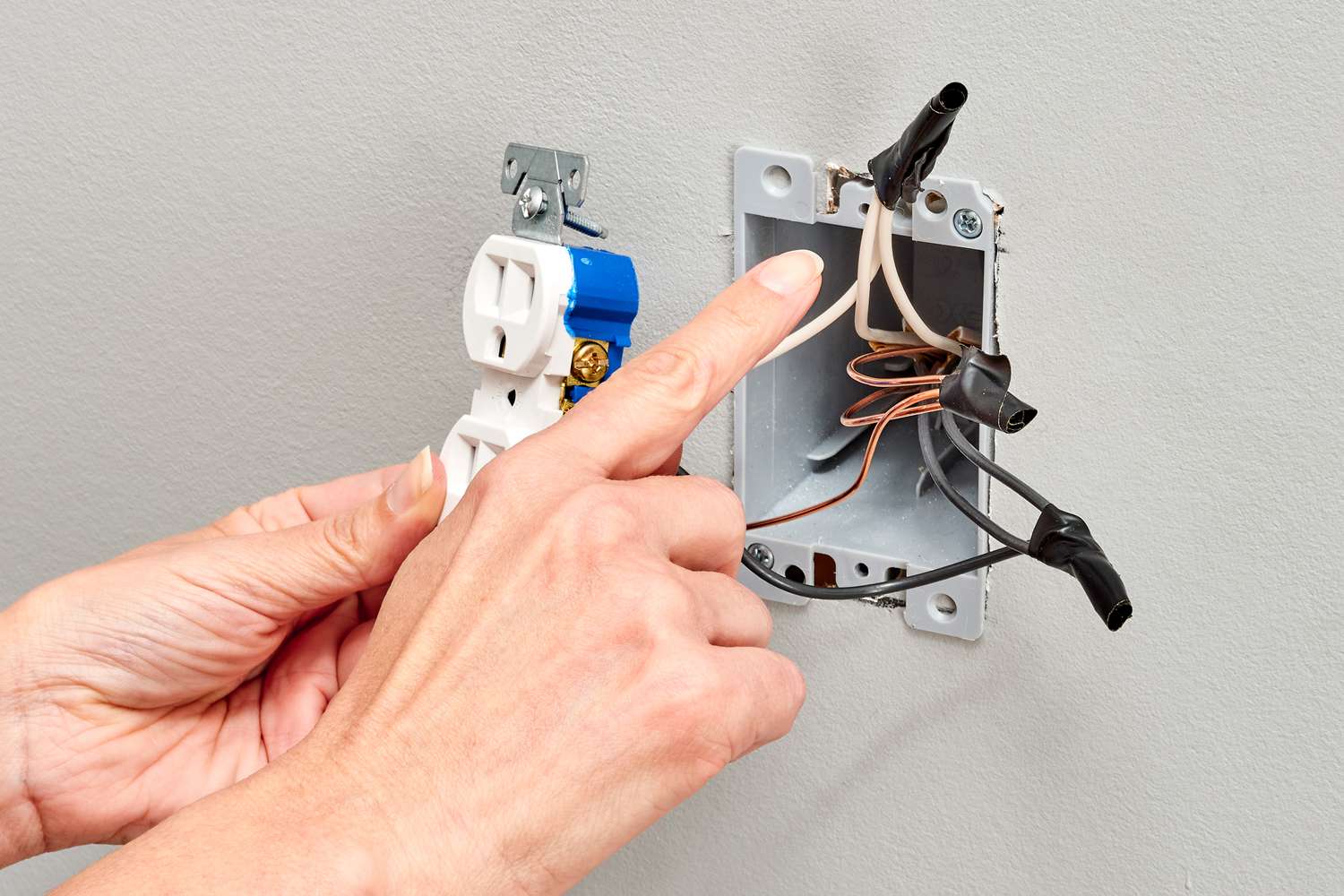
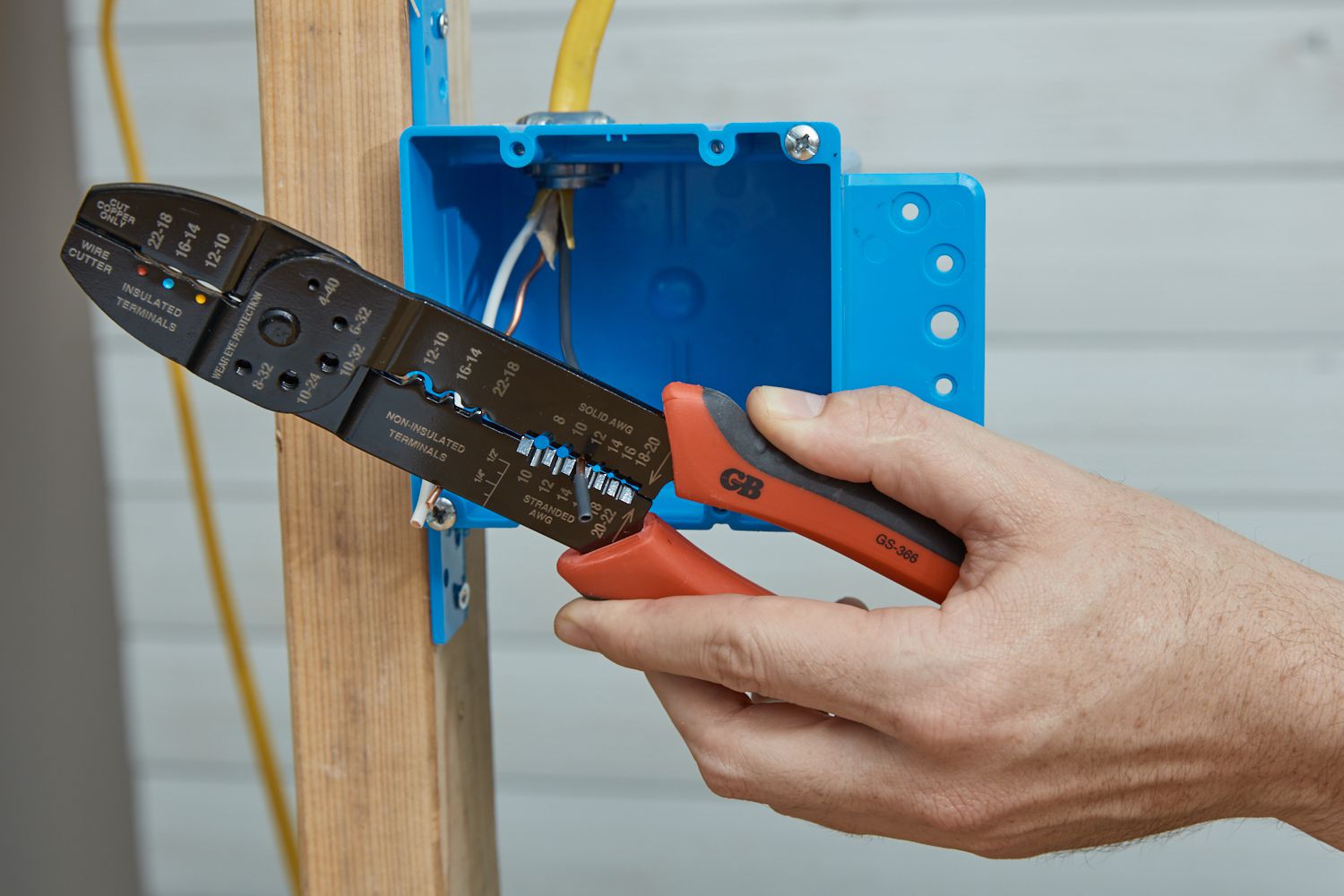
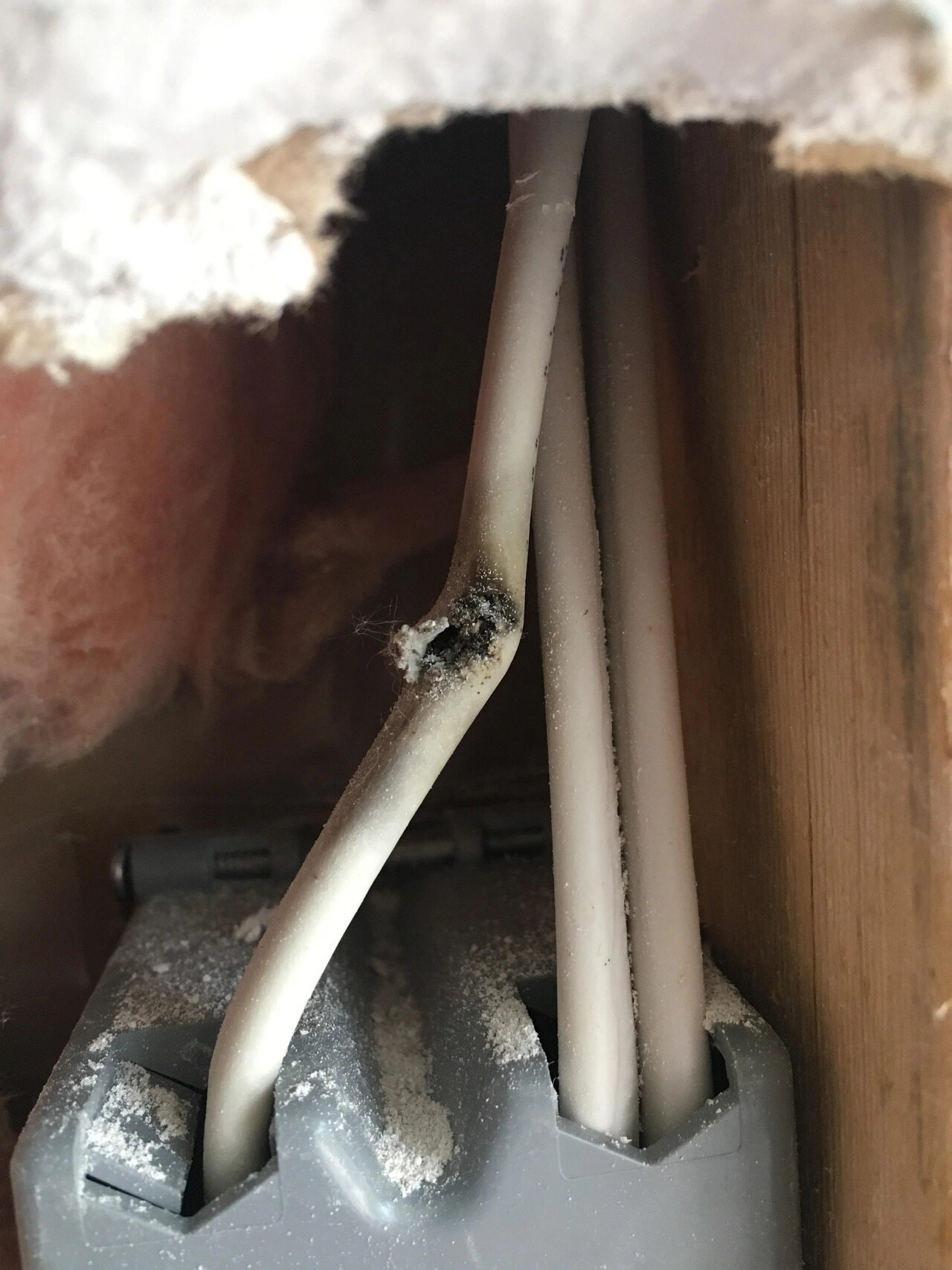
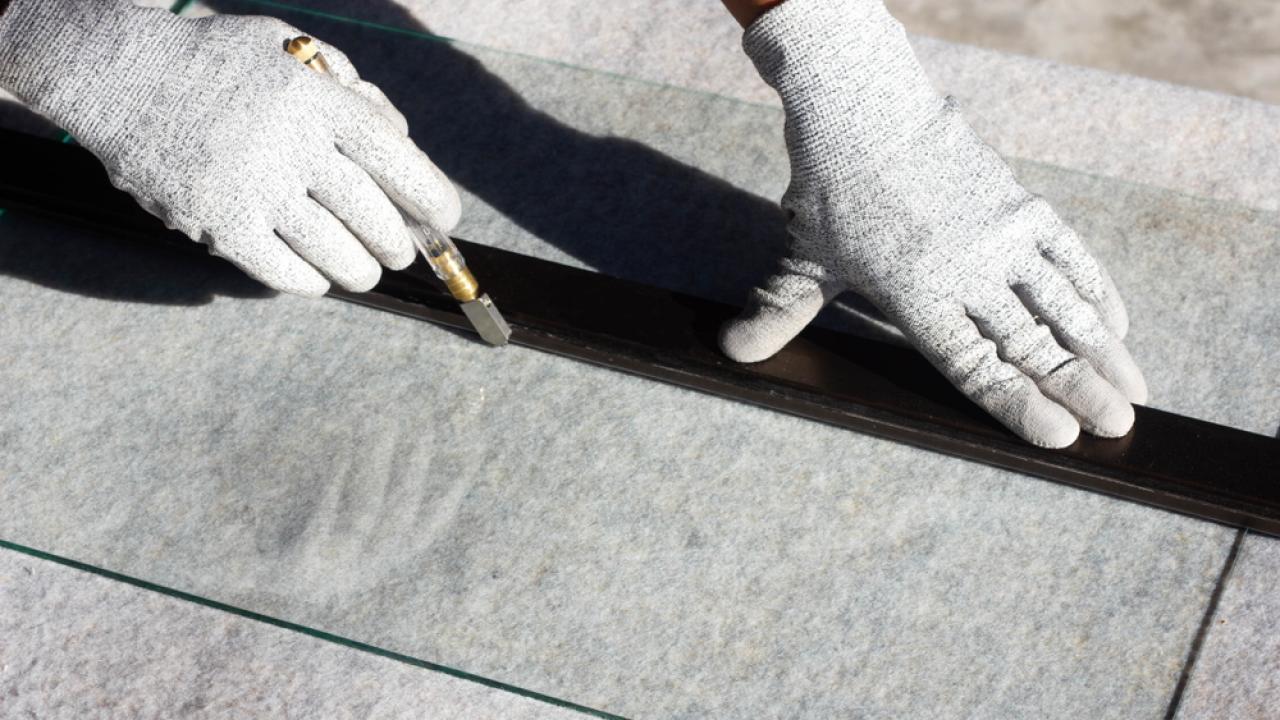
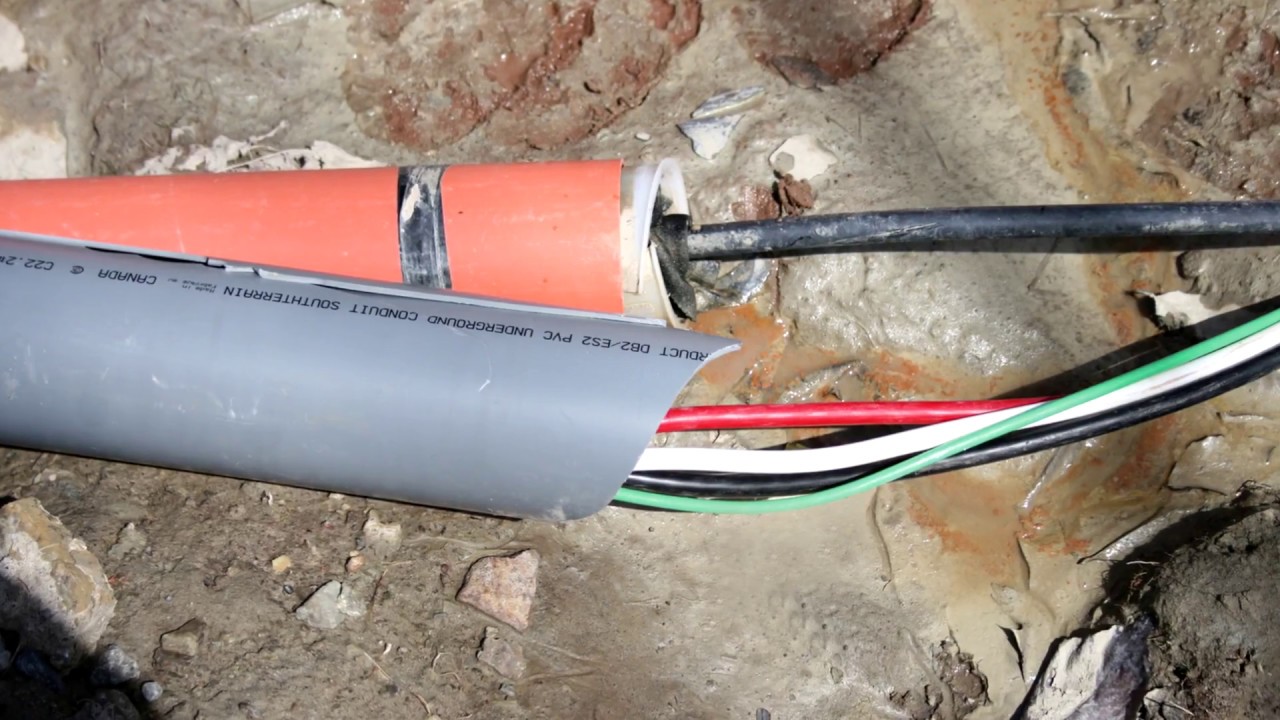


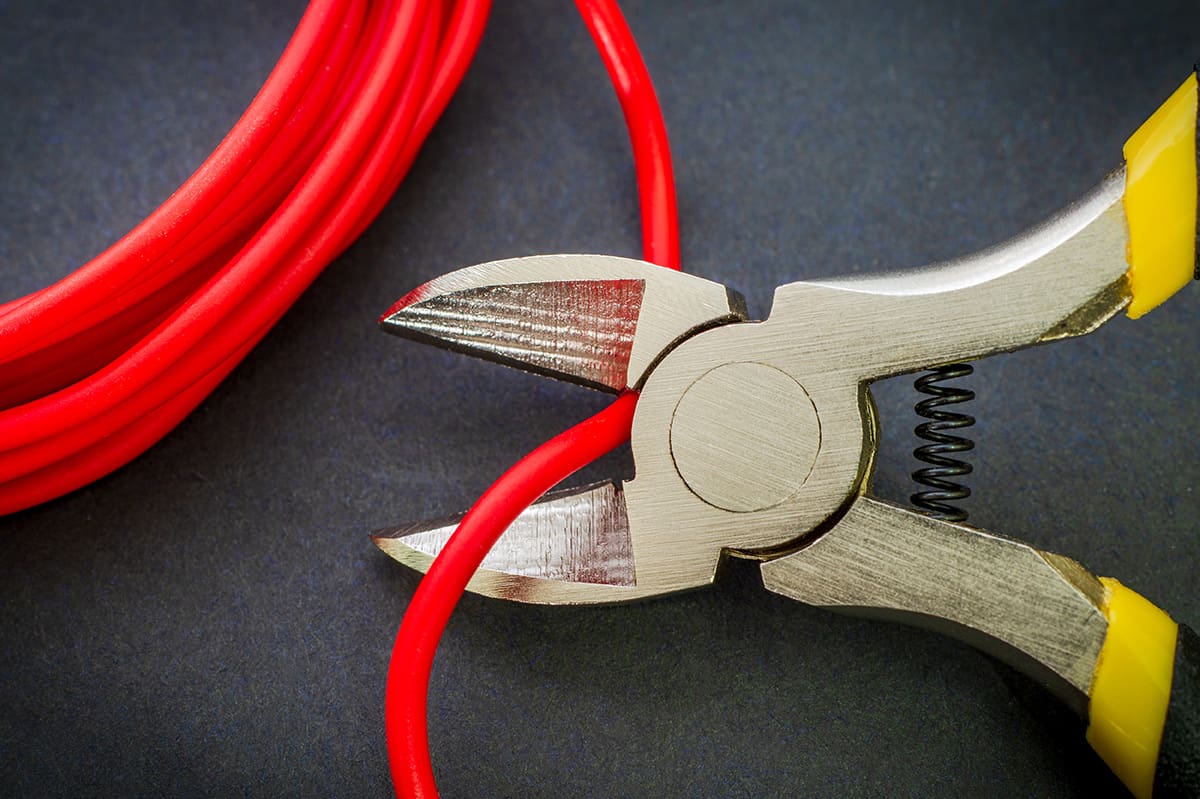

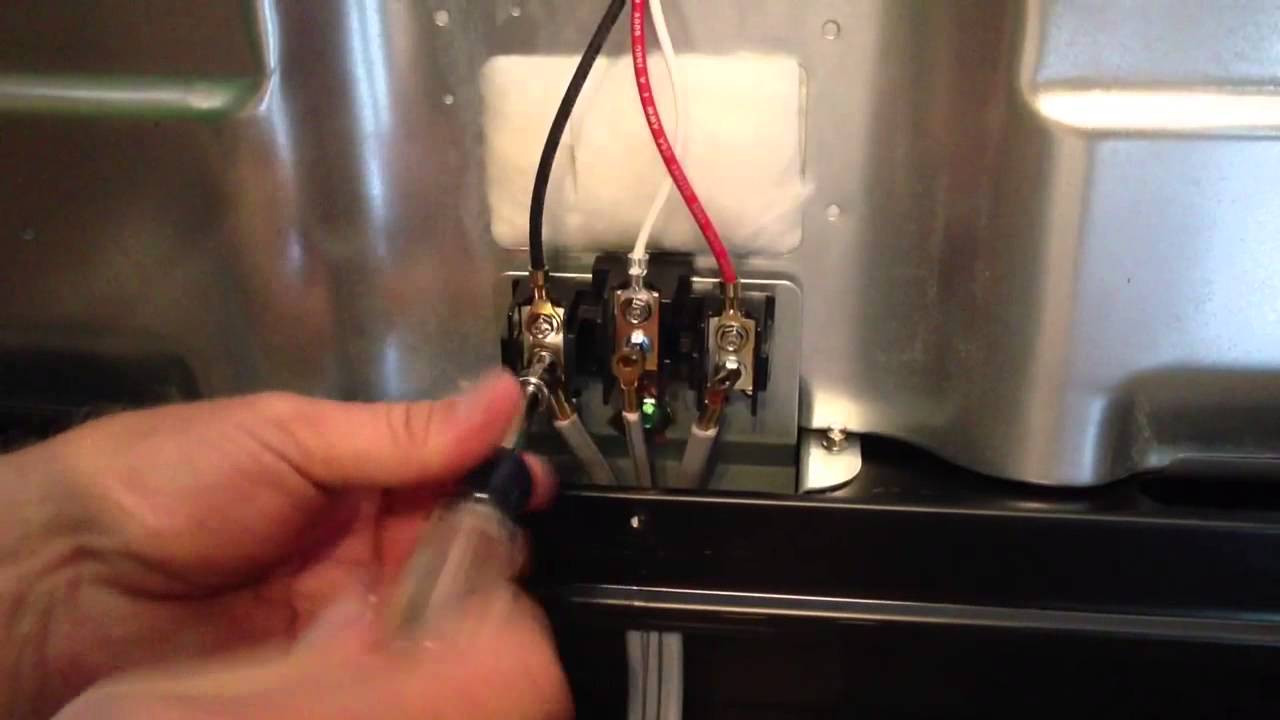

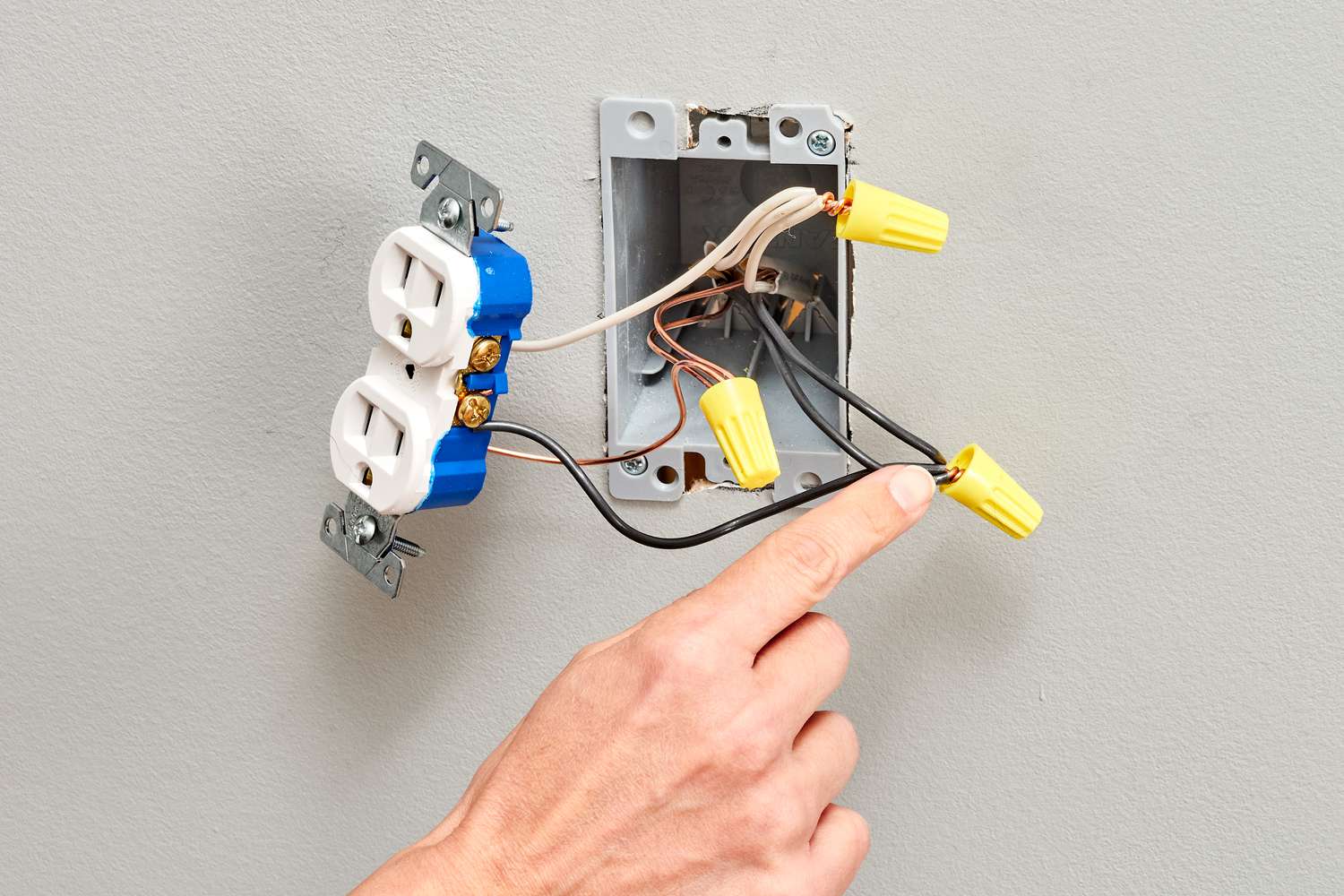
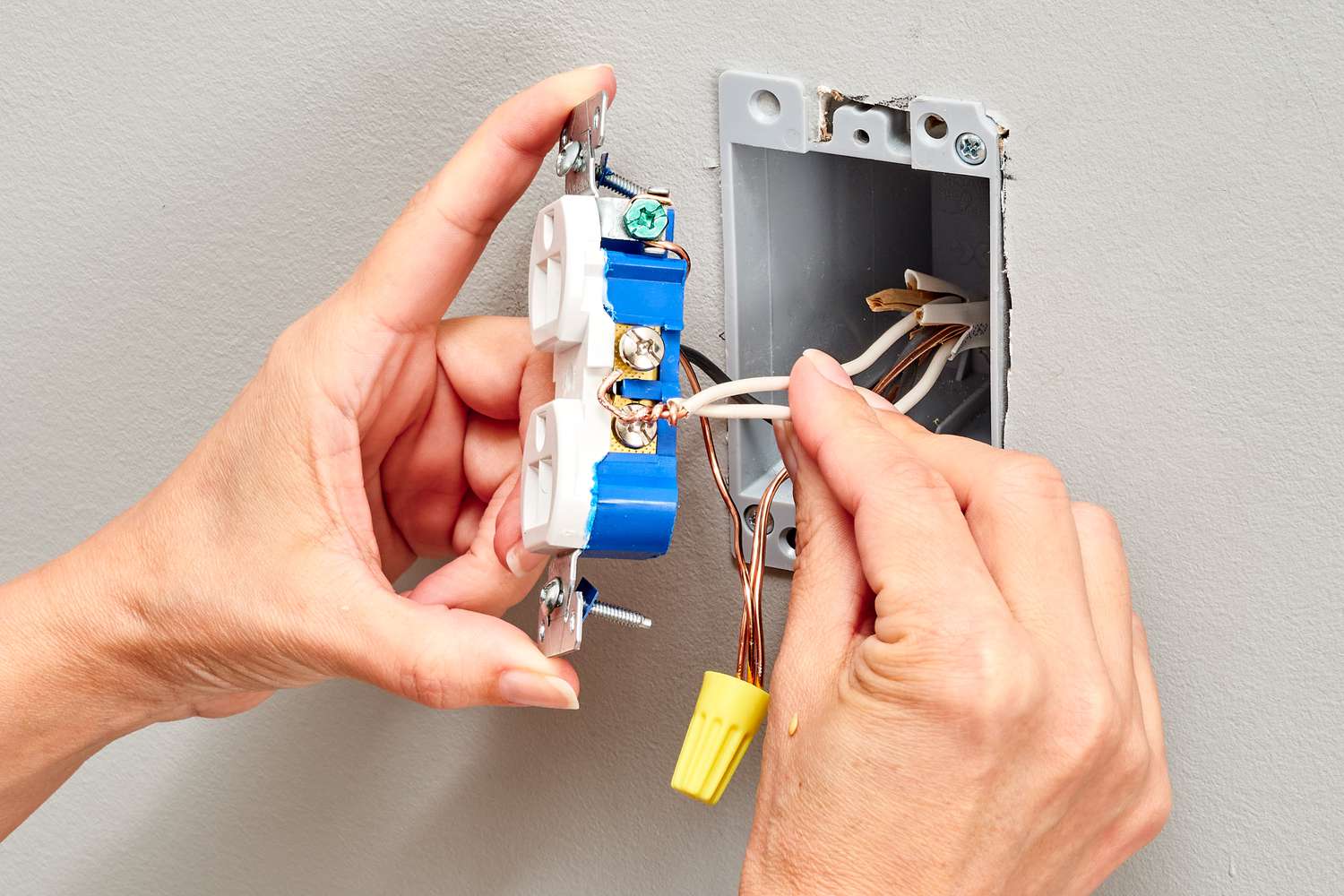
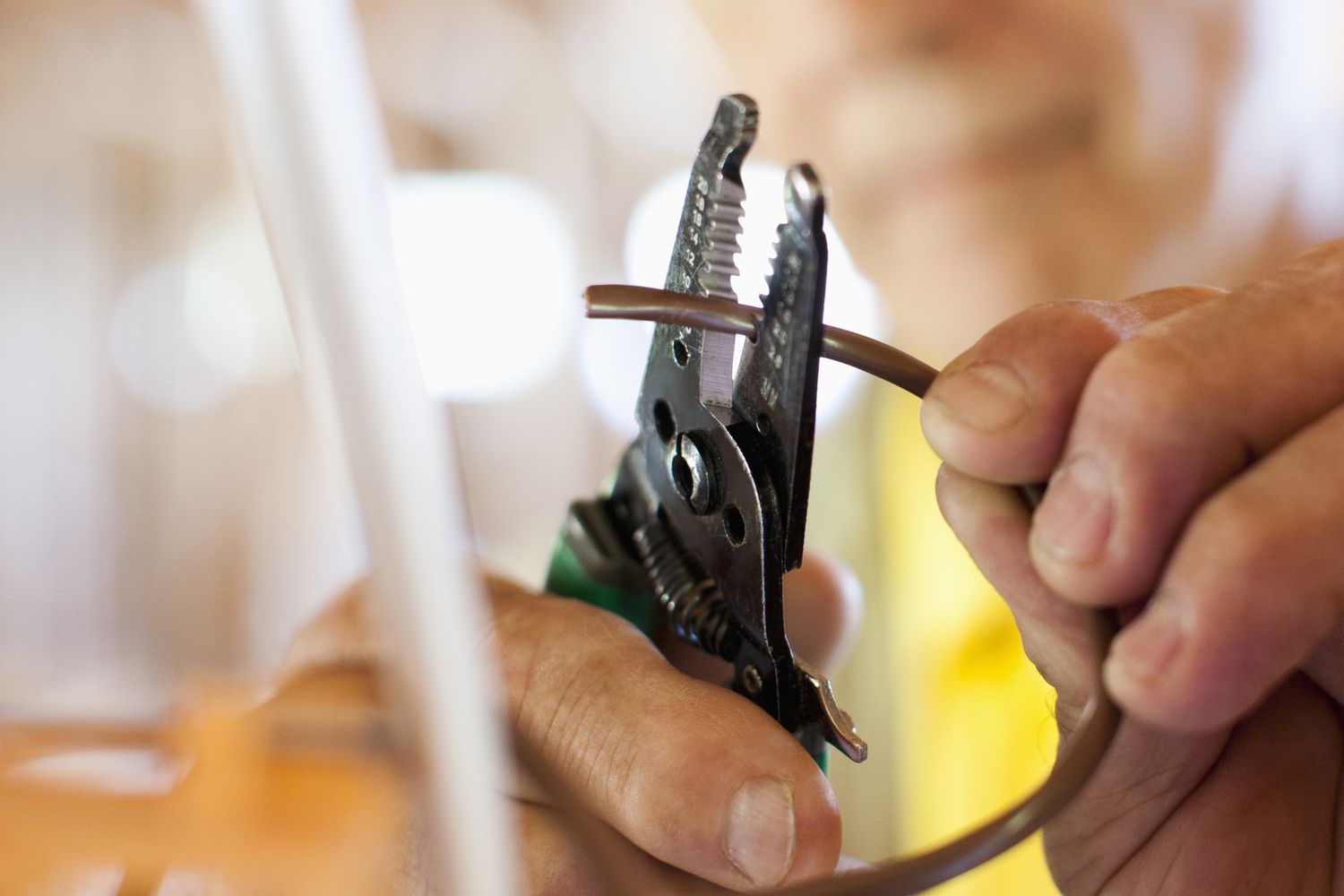

0 thoughts on “How To Cut Electrical Wire Without Wire Cutters”